Industrial
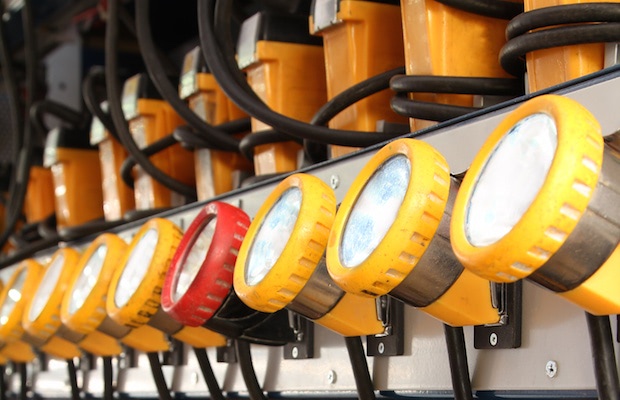
Metal-to-plastic conversion is a decades-old process, but not all manufacturers are taking full advantage of its benefits. There is general, common concern about strength, durability and cost; however, the reality is that injection-molded plastic components, when properly designed, are just as strong as metal. In addition, plastic can provide exceptional chemical- and heat-resistance while simultaneously slashing production costs.
With recent federal mandates focusing specifically on fuel efficiency and lower emissions, the auto industry is likely the most visible in adopting metal-to-plastic conversion. Other industries are taking cues from auto manufacturers and exploring plastics for myriad applications previously constructed from metal.
Light Emitting Diodes (LEDs) are semi-conductors that are quickly gaining popularity in the lighting industry for applications wherein incandescent and halogen lights are traditionally used. The main attraction of LEDs is that they produce nominal radiant heat and low conductive heat, making them energy- and design-efficient. This transition has proven ideal for introducing fixtures with plastic components. Plastics can easily accommodate low radiant temperatures, and are significantly better at dissipating any conductive heat generated by the fixture as compared to many of their metal counterparts.
Groundbreaking innovation in using structural thermoset composites in the frames of its 787 Dreamliner and Airbus A380 isn’t the only way that Boeing is using plastics. Many cabin components – from seat parts to overhead compartments to load-bearing floors – are designed for manufacture from aerospace-grade thermoplastics. In addition to durable aesthetics and ability to withstand long-term exposure to harsh cleaning solvents, these plastics are required to perform to stringent standards regarding weight, stability and fire, smoke and toxicity (FST) values.
Injection-molded plastic components are playing a pivotal role in providing water to developing countries. A Swedish company, working with an experienced molder, is supplying a proprietary polymer compound for components in a combined solar water treatment and heating system that is portable and safe. Water can be purified and heated to 75°F without electricity or chemicals, and the plastics used make the unit viable for up to 10 years in nearly any location or climate.
Metal-to-plastic conversion is occurring in unexpected ways, in industries that may be equally as unexpected. Work with an experienced complex injection molder to explore how plastics innovations can work to your benefit. Look for the upcoming Part 2 in this blog series and download our Metal-to-Plastic Conversion whitepaper to learn more.
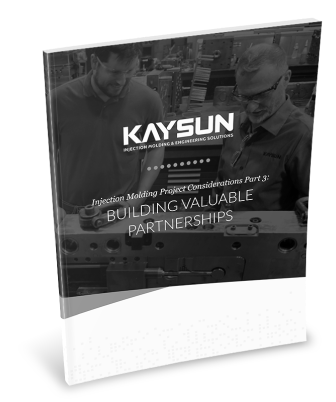
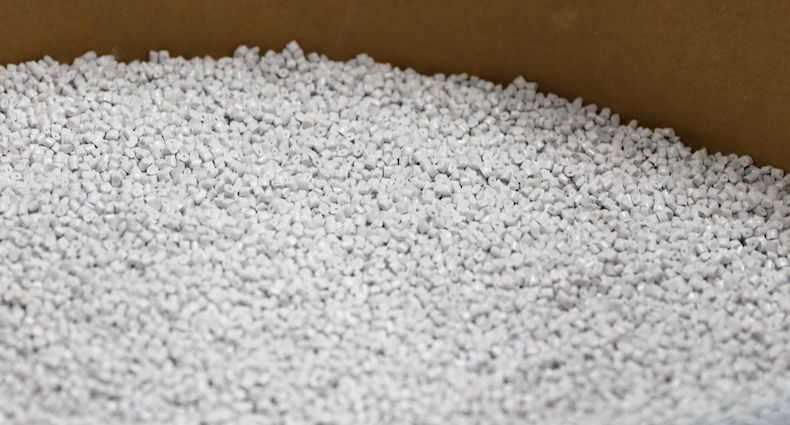
One of the main advantages of using injection-molded components is versatility in …
READ MORE
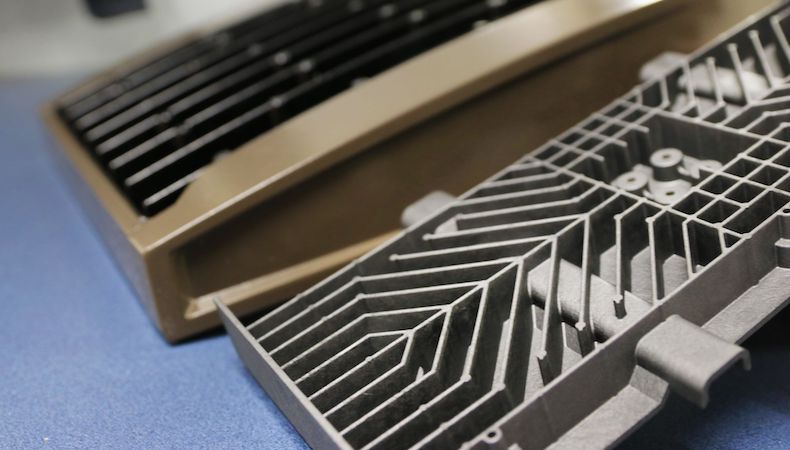
Several industrial sectors are converting metal components to plastic to gain effi…
READ MORE
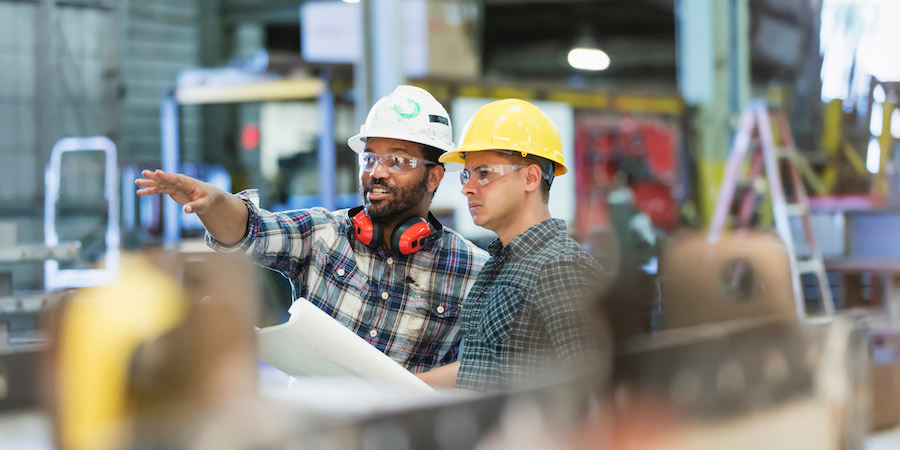
Managing the total cost of an industrial or consumer new product development (NPD)…
READ MORE